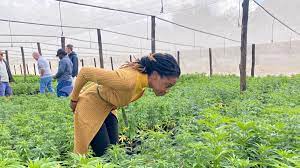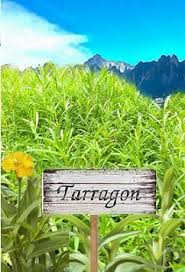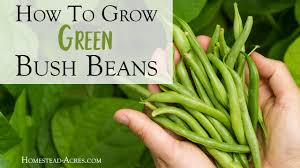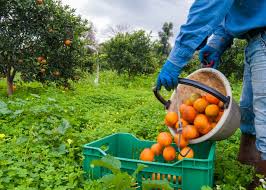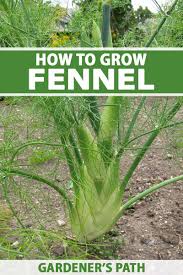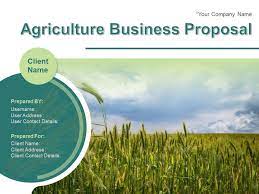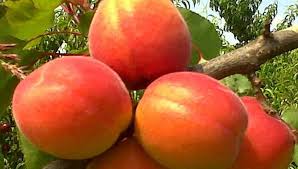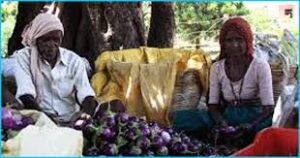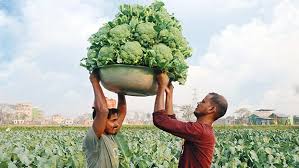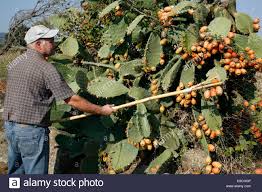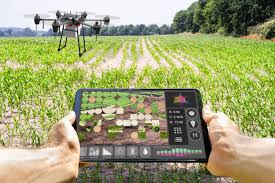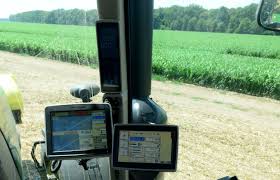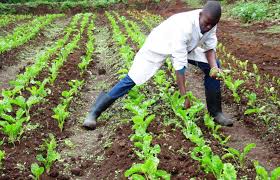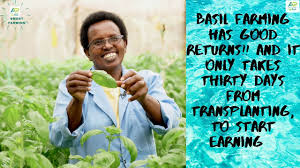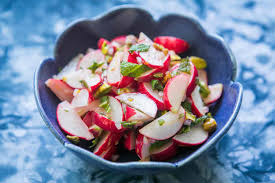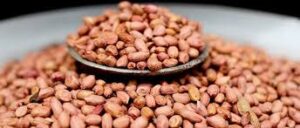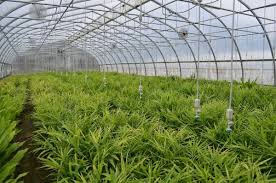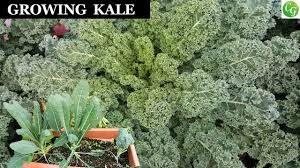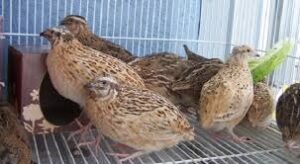Start your NPO Business Successfully Now

How to Start a Successful and Sustainable Non-Profit Organization (NPO)
Starting a Non-Profit Organization (NPO) is a noble endeavor that requires a combination of passion, planning, and strategic execution. A successful and sustainable NPO is built on a solid foundation, with a clear vision, well-defined goals, and strong community support. Below is a detailed guide on how to establish and maintain a thriving NPO.
Define Your Mission and Vision
Every successful NPO starts with a clear purpose. Your mission should outline the primary goal of your organization, while your vision should paint a picture of the long-term impact you aim to achieve.
- Mission Statement: Be concise, specific, and impactful. Example: “Empowering underprivileged children through education.”
- Vision Statement: Reflect the future you hope to create. Example: “A world where every child has access to quality education.”
Conduct Thorough Research
Understanding the landscape in which your NPO will operate is essential for success.
- Identify the Need: Research the problem your NPO aims to solve and ensure it addresses a genuine gap in services.
- Analyze Competitors: Study similar organizations to identify best practices and avoid redundancy.
- Understand Your Audience: Define your target beneficiaries and stakeholders, and tailor your strategies to meet their needs.
Create a Comprehensive Business Plan
Just like any business, an NPO needs a structured plan to guide its operations.
- Executive Summary: Outline your NPO’s purpose, goals, and unique value.
- Programs and Services: Detail the initiatives your NPO will undertake to achieve its mission.
- Financial Plan: Include funding sources, budget forecasts, and financial sustainability strategies.
- Marketing and Outreach: Plan how you will attract donors, partners, and volunteers.
Choose a Legal Structure and Register Your NPO
Selecting the right legal structure and registering your NPO are crucial steps.
- Legal Structures: Choose from trusts, societies, or non-profit corporations based on your location.
- Tax-Exempt Status: Apply for 501(c)(3) status (or equivalent in your country) to access tax benefits and attract donors.
- Compliance: Familiarize yourself with local regulations and maintain compliance with all reporting requirements.
Build a Strong Team
An effective NPO relies on the commitment and skills of its team members.
- Board of Directors: Assemble a diverse and skilled board to oversee governance and strategic direction.
- Staff and Volunteers: Recruit passionate individuals who align with your mission and provide training to enhance their effectiveness.
- Advisory Committees: Engage experts in your field to provide guidance and credibility.
Secure Sustainable Funding
Financial stability is the cornerstone of a sustainable NPO.
- Grants: Research and apply for grants from government agencies, foundations, and private organizations.
- Donations: Develop a donor engagement strategy to attract both one-time and recurring contributors.
- Fundraising Campaigns: Organize events, online crowdfunding, and sponsorship programs to raise funds.
- Earned Income: Consider offering services or products related to your mission to generate revenue.
Develop a Strong Marketing and Outreach Plan
Visibility is key to gaining support and building trust in your community.
- Branding: Create a professional logo, tagline, and consistent visual identity.
- Online Presence: Build an informative website and maintain active social media profiles.
- Community Engagement: Host events, workshops, or forums to connect with your audience and spread awareness.
- Storytelling: Share impactful stories of your beneficiaries to inspire and attract support.
Measure Impact and Adapt
Continuous improvement ensures your NPO remains relevant and effective.
- Set Metrics: Define key performance indicators (KPIs) to measure your impact.
- Evaluate Programs: Regularly assess the success of your initiatives and gather feedback from beneficiaries.
- Adapt Strategies: Use data-driven insights to refine your programs and operations.
Foster Partnerships and Collaborations
Strong alliances can amplify your impact and resources.
- Non-Profit Networks: Partner with other organizations to share resources and expertise.
- Corporate Sponsorships: Engage businesses that align with your mission to sponsor events or provide funding.
- Government Support: Work with local authorities for grants, endorsements, or program collaboration.
Ensure Long-Term Sustainability
A sustainable NPO requires forward-thinking and resilience.
- Diversify Income Sources: Avoid reliance on a single funding source by diversifying your revenue streams.
- Build Endowments: Establish long-term savings to support operations during lean periods.
- Leadership Succession Plan: Prepare for leadership transitions to maintain organizational stability.
- Community Ownership: Involve the community in your mission to foster loyalty and support.
Conclusion
Starting and sustaining a successful NPO is a journey of dedication, strategy, and collaboration. By focusing on your mission, engaging with your community, and ensuring financial sustainability, you can create an organization that drives meaningful change for years to come. Remember, the key to success is balancing your passion for the cause with practical and strategic planning.
Start your NPO Business Successfully Now Read More »





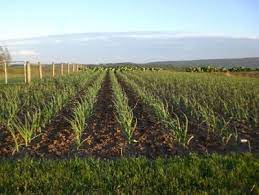





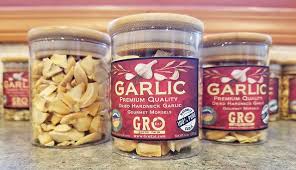

































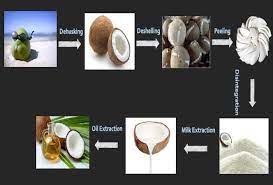












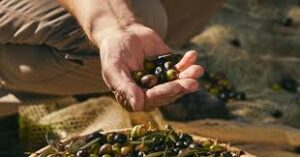


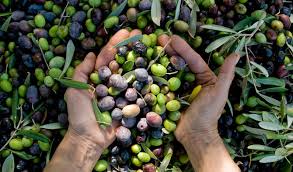






































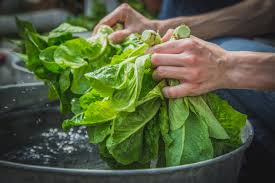










 c
c



